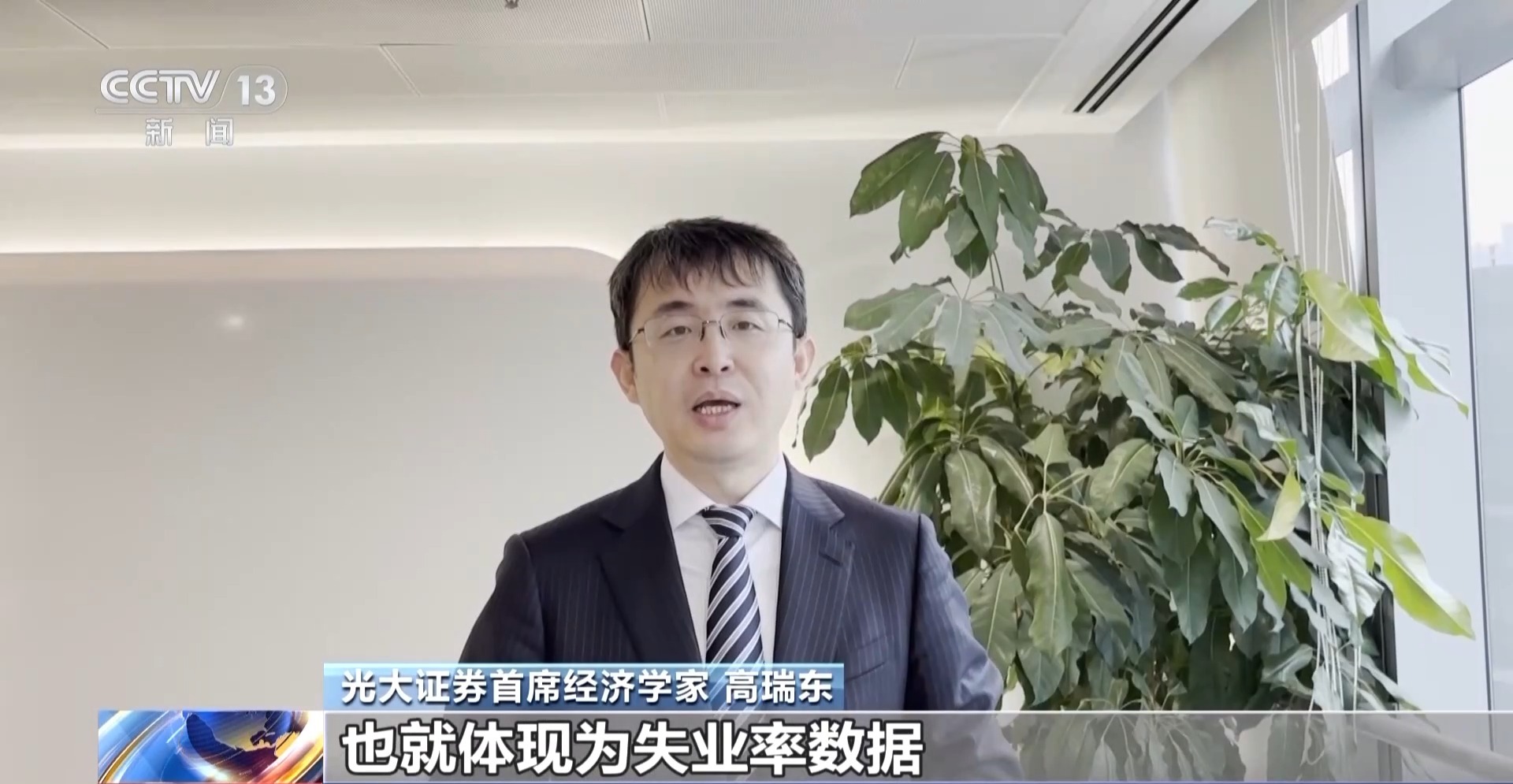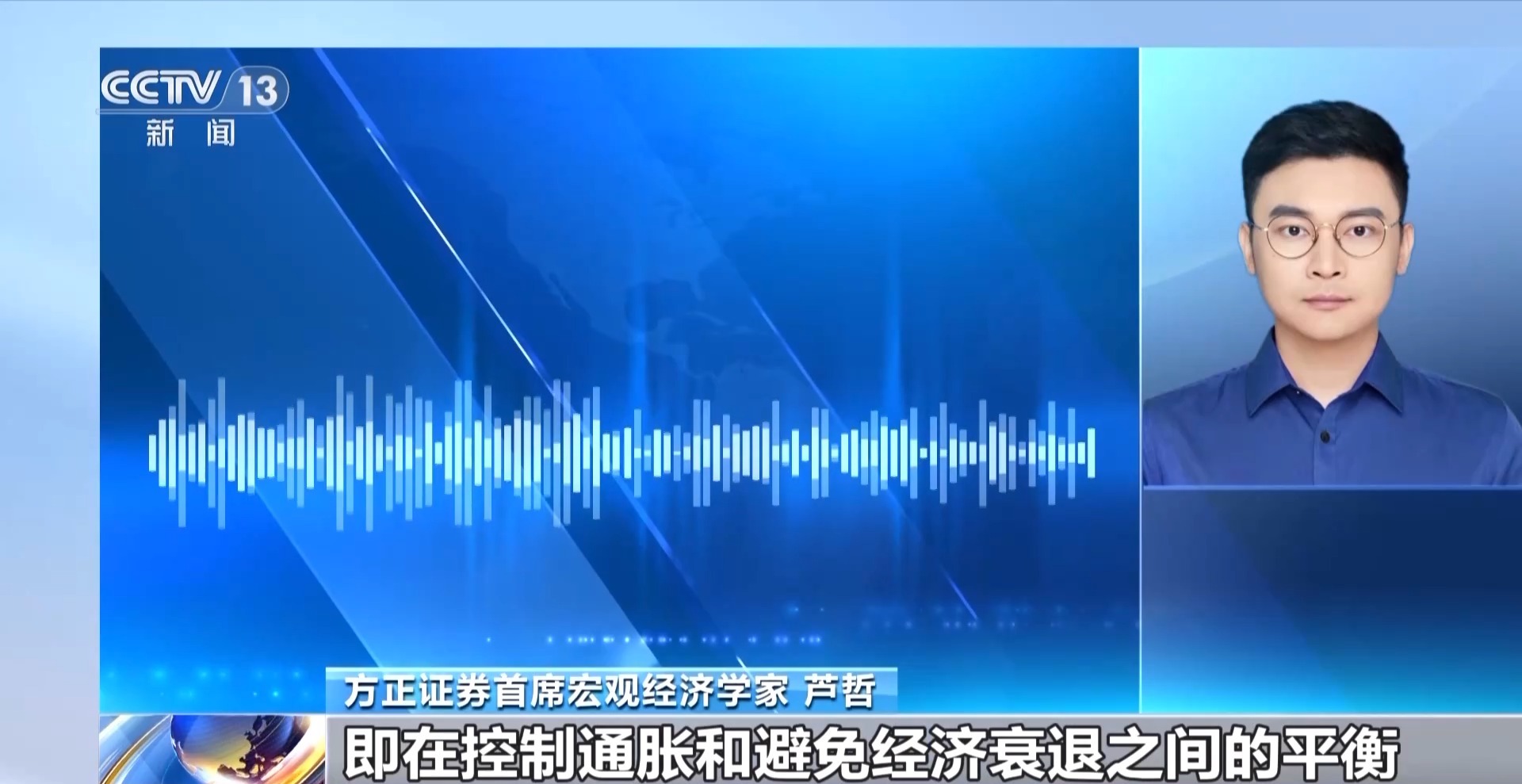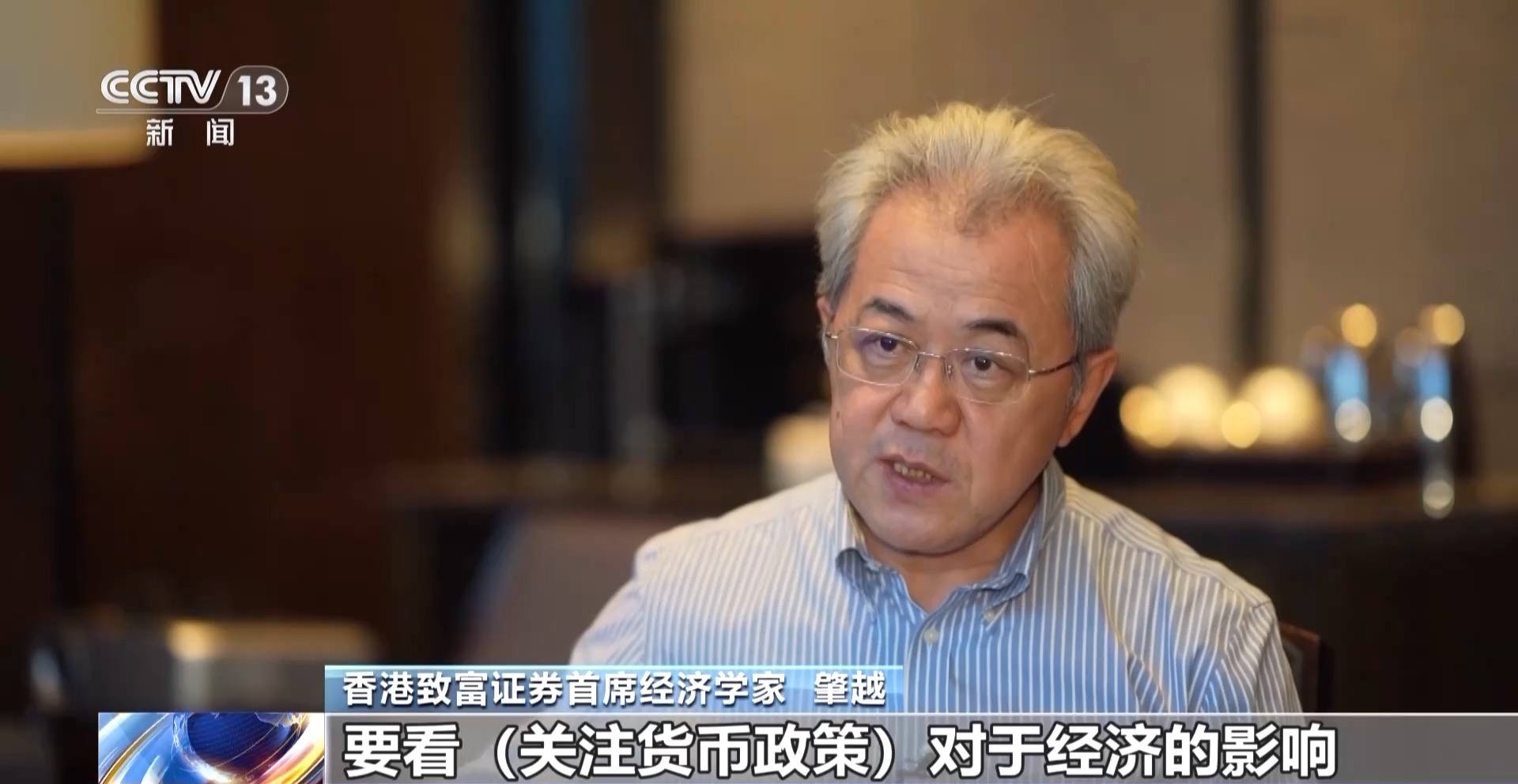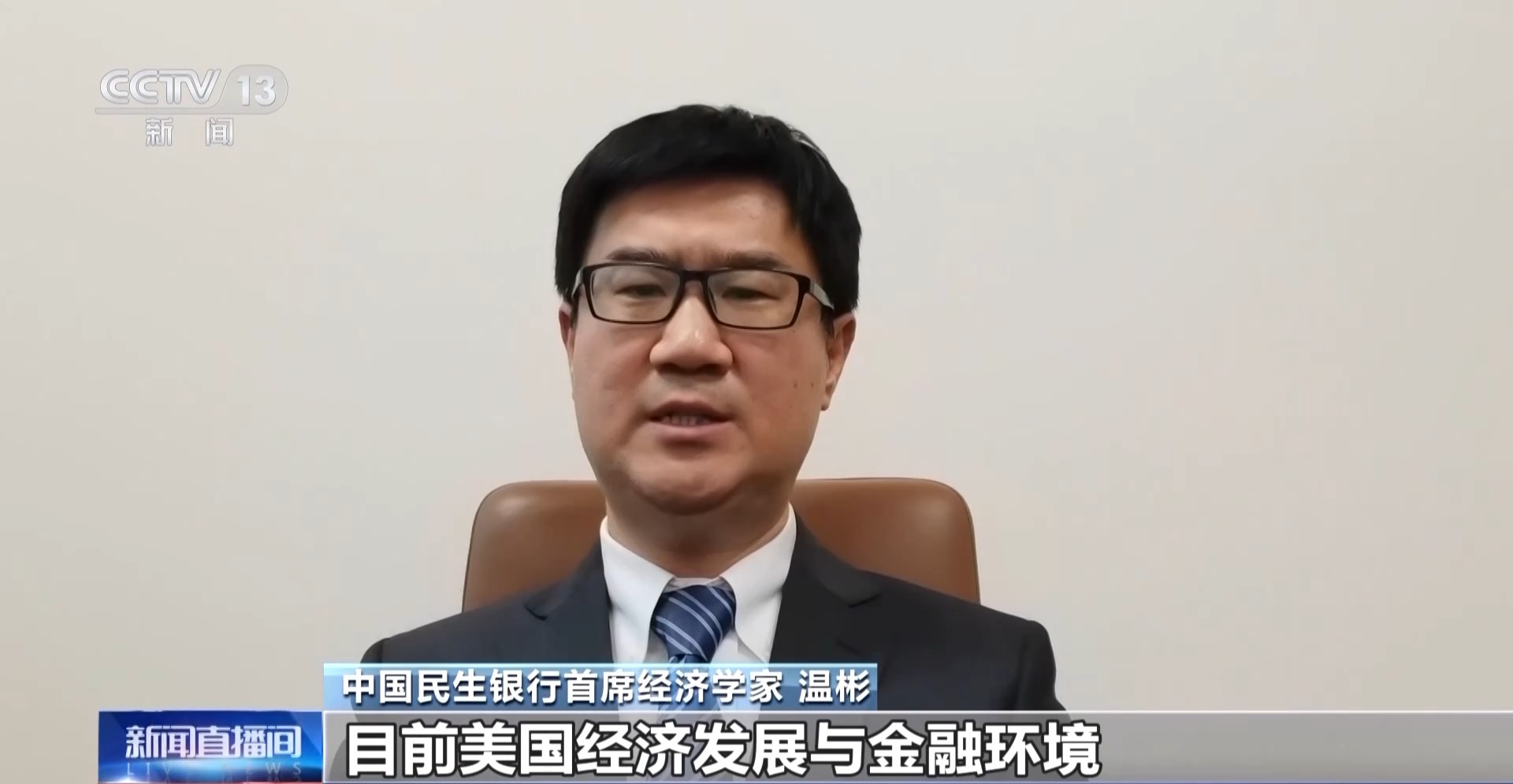The Federal Reserve has suspended interest rate hikes for three consecutive times, and a number of data reflect that the US economy is currently continuing to cool down.
In the early morning of December 14th, Beijing time, the Federal Reserve announced its December interest rate resolution, announcing that it would suspend interest rate hikes this month. Previously, the Federal Reserve has raised interest rates 11 times in this interest rate hike cycle since March 2022. At present, the target range of the US federal funds rate is maintained at 5.25%~5.50%.
The Fed suspended interest rate hikes three times in a row.
According to the statement released after the meeting, the Fed believes that the current growth rate of economic activities in the United States has slowed down compared with the third quarter. Employment growth in the United States has slowed down since earlier this year. In the past year, inflation in the United States has slowed down, but it is still at a high level.

Gao Ruidong, Chief Economist of Everbright Securities:The Federal Reserve’s monetary policy mainly needs to consider the dual goals of promoting employment and stabilizing prices, which is reflected in whether the unemployment rate data and inflation data are close to the normal level. At present, according to the latest data, although the employment data has rebounded beyond expectations, there are seasonal factors and the impact of the recovery of employment after the strike of American auto workers. On the whole, these two key indicators can reflect the tightening policy of the Fed’s continuous interest rate hike, and the effect has appeared.

In addition, after the meeting, the Fed’s statement revealed that it believed that the current level of interest rates in the United States had reached or approached the peak, and the Fed began to discuss the timing of interest rate cuts.
Experts said that from the current series of data and situation analysis, the Fed’s current interest rate hike process is likely to come to an end. However, the Fed needs to be more cautious about the trend of data including consumption and manufacturing investment in order to continue to judge the current monetary policy. Continued impact.

Chief Macroeconomist of Founder Securities Luzhe:The balance between the Fed’s "doing too much" and "doing too little", that is, the balance between controlling inflation and avoiding economic recession, these uncertainties and two-way risks make the current Fed’s monetary policy decision need more patience and prudence, which is also the focus repeatedly emphasized by most Fed officials.
Since March last year, the Fed has raised interest rates 11 times in this interest rate hike cycle, ranging from the initial 25 basis points to the later 50 basis points and 75 basis points for four consecutive times. Later, the rate hike gradually slowed down. In June this year, the Fed suspended interest rate hikes once, and resumed interest rate hikes by 25 basis points in July this year. Since then, it has suspended interest rate hikes for three consecutive times. At present, the target range of the US federal funds interest rate has remained at a high level since 2001.
A number of data reflect that the US economy continues to cool down.
Experts said that from the comprehensive analysis of the performance of a number of US economic data, the current US economy continues to cool down, and the tight monetary policy has brought obvious impacts on the US real economy and financial markets in many aspects.
Experts said that at present, the economic growth rate of the United States, which is superimposed with inflation factors, remains at a certain level, but after excluding the influence of inflation factors, the economic growth rate of the United States has slowed down obviously in recent months, which shows that inflation in the United States is still resilient.

Zhao Yue, Chief Economist of Hong Kong Fortune Securities:The economic growth data of the United States this year is not as strong as the nominal value in terms of actual value. The gap between the two is the impact of inflation, which reflects that there is still relatively high inflation in the United States at present. When monetary policy was formulated and implemented, it had a transmission process in the economy, which was a gradual upward influence process, depending on how much attention was paid to the impact of monetary policy on the economy.
Maintaining the high interest rate level, after a period of sustained action, is gradually changing the current financial environment in the United States, and thus changing the trend of the real economy in the United States. The data shows that in the United States, the bank’s best lending rate has risen from 3.25% to around 8.50% in the near future, more than doubling; This has also affected the financing rate of Moody’s AAA corporate bonds in the United States from 2.63% to about 5.67% in the near future.
Judging from the scale of credit, the scale of industrial and commercial loans of American commercial banks has been shrinking since January this year, the year-on-year growth rate of consumer loans has dropped sharply since October last year, and the year-on-year growth rate of real estate loans has dropped sharply since March this year. In addition, the industrial output index of the United States decreased by 0.6% in October, the manufacturing output index decreased by 0.7% in October, and the performance of the supply side weakened significantly; The main real estate market index in the United States has also fallen to near this year’s low.

Wen Bin, Chief Economist of China Minsheng Bank:At present, the economic development and financial environment in the United States have changed significantly under the influence of the interest rate hike policy. The upward interest rate will lead to the contraction of credit scale, the decline of investment growth rate and the slowdown of industrial production, which will also curb consumption. In addition, the real estate market is also weak due to the influence of high interest rates. The above situation shows that the American economy is cooling down.